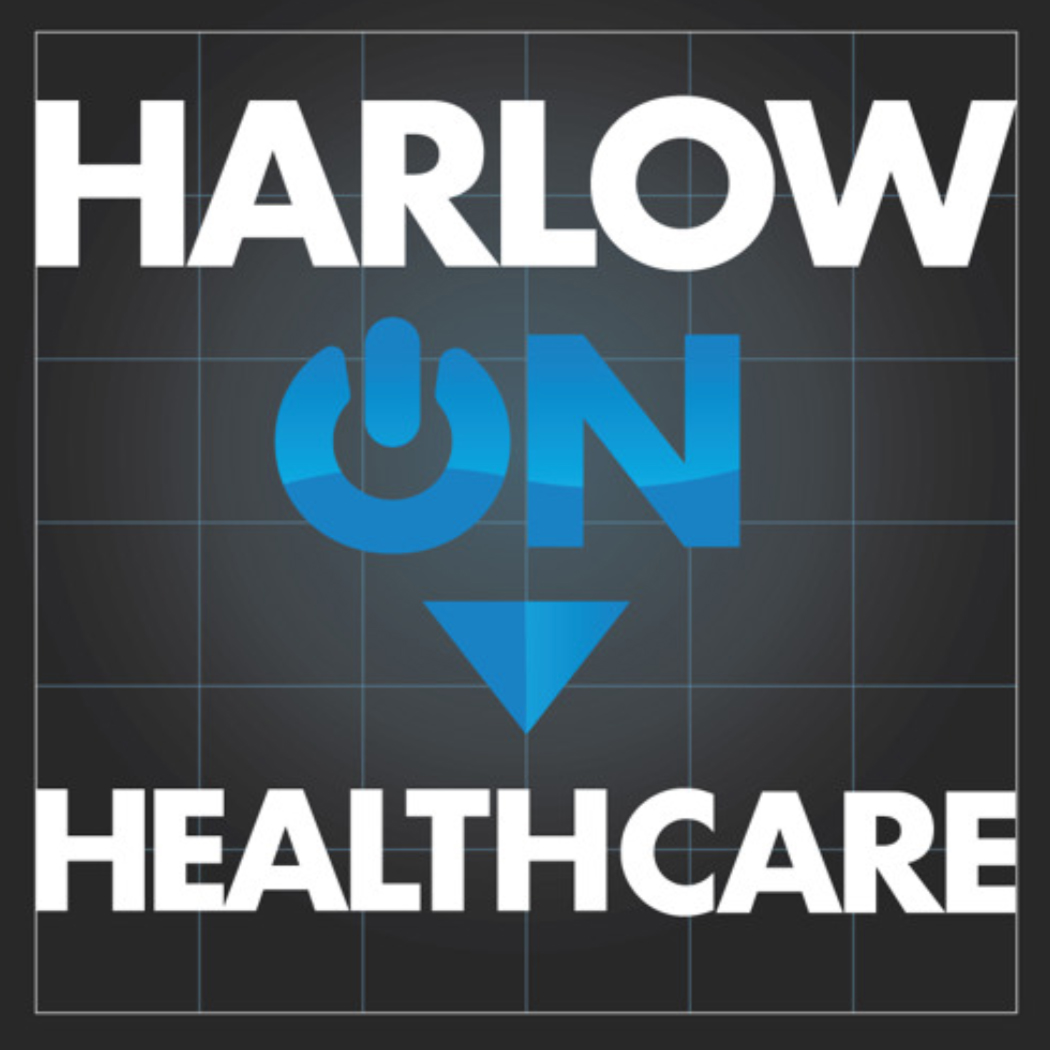Kate Ackerman at iHealthBeat asked me to participate in her annual piece on Health IT past and future, 12 Experts Weigh In on Health IT Progress, Disappointment in 2014 & Hopes for 2015. Check out her roundup of 2014 highlights, and the collected opinions of a dozen prognosticators, including the HealthBlawger.
Read them all. Agree or disagree. Most important of all: Work to make your own predictions come true.
For those of you dying to know what I had to say, have at it:
What was the most significant health IT development over the past year?
The continued slow but steady development of asynchronous telehealth services, leveraging resources such as wireless monitoring devices, which was potentially supercharged by the development of consumer-centric health data platforms by big consumer electronics firms.
While we need to guard against alarm fatigue and information overload for clinicians, driving adoption of these tools from a consumer perspective may make their use more palatable to individuals and may aid the health care sector in achieving the elusive goal of promoting prevention — changing behavior that exacerbates risk factors for chronic disease, as opposed to the "I'll take a pill for that" mindset. Taking this development to the next level will require better tools for two-way communication grounded in behavioral science. We're still looking for the "secret sauce" that will make these tools as sticky as possible.
What was the biggest disappointment or missed opportunity in the health IT space in 2014?
The promise of health IT is premised in part on interoperability, and true interoperability across health systems and across EHR systems has not materialized as universally as one might have hoped — despite the financial incentives that already exist: not only meaningful use, but also things like nonpayment for preventable readmissions that may be prevented by more effective use of health IT. In order for our health system to evolve into a higher-performing one, it must be driven by financial incentives coupled with more intelligent adoption of health IT and implementation of the learnings that its use brings within our grasp. We have the tools, we have the analytics, we have the technology, yet the health care sector has been unable to make significant strides towards cost reduction and quality improvement. For example: Transitions of care, particularly across provider organizations that do not share a technology platform, represent a key opportunity for improvement. We need to make sure that the data follow the patient and that a patient's data remain easily accessible to all members of the patient care team when and where they need it.
Looking forward to 2015, what are the biggest remaining barriers to widespread adoption and meaningful use of health IT? And, what can be done to help address those challenges?
Lower case "meaningful use" (i.e., not Meaningful Use according to the federal government, but use of health IT that is truly meaningful to patients, caregivers and health care professionals who are on patients' care teams), cannot be willed into being without putting the patient at the center. New approaches to development, dissemination and financing of robust health information exchange must be undertaken. Why? Well, if the old approaches worked, we'd already be there. Regional health information organizations mostly failed after initial funding ran out. New York's statewide health information exchange (built on top of its collection of RHIOs) is scheduled to go live in 2015, supported by a state appropriation. Will that appropriation be repeated every year? What are other viable approaches to financing this important function? And can we build an HIE that is robust enough to handle the full range of demands arising across the continuum — from emergency care to the more mundane transitions of care? Doing that in a sustainable way is one of the key challenges before us.
David Harlow
The Harlow Group LLC
Health Care Law and Consulting


